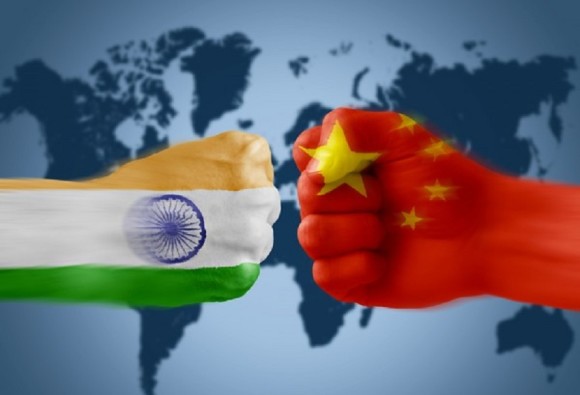With businesses draining out of China because of COVID-19-related roadblocks, the Asian giant is introducing policy tweaks to improve matters. Meanwhile, India looks to lure in this same exiting business.
China has introduced tweaks in its policies to keep the confidences of leaving businesses by easing compliance burdens, providing tax and fee reductions and exemptions, financial support, social security benefits, energy cost reduction, and incentives for medical supply donations. The aim is to resume production and facilitate foreign trade.
A well-thought-out intervention could convert current challenges into a great opportunity for India
These special policies are particularly aimed at foreign-invested enterprises (FIEs) to prevail over the difficulties COVID-19 has been causing. Will such efforts be enough for China to regain the confidence of the trade world?
Meanwhile, India is gearing up to lure in as much of the exiting businesses as possible. It’s an opportunity for the nation to seize, albeit with caution and planning.
All the Business Eggs in China’s basket
With the COVID-19 pandemic shutting down industrial areas in China, the global business community are waking up to the realisation to maintain a more diversified map when it comes to manufacturing centres.
Many businesses are concentrated in China, especially in the Wuhan region, where the COVID-19 pandemic started. According to Dun & Bradstreet, a business intelligence company, 51,000 companies have one or more direct suppliers in Wuhan, while 5 million companies have one or more tier-two suppliers in the region.
Read more: Will India’s Land Pool to Lure in Foreign Investment Pull Off?
From the time that the COVID-19 pandemic started spreading, businesses have been reeling under problems created by delay in orders from Chinese factories. In addition, according to a survey by the Institute for Supply Management, 57% of the companies are facing longer lead times for tier-1 China-sourced components, while 44% are not prepared to deal with continued disruptions in supply from China.
These reasons have caused companies to look to other regions for their businesses. The Japanese government has declared a $2.2-billion economic package to assist their manufacturing businesses to shift out of China. The number of Japanese companies with foreign subsidiaries in China are currently the highest.
The tech giant Apple has been facing problems such as production delays by its China-based assembly plants. So much so, that it was one of the first global companies to inform investors that it would miss Q1 revenue projections. Even though the tech giant had started shifting some of its production to Vietnam and India, it majorly relies on assembly plants in China for its inventory.
The decision to move out of China will definitely go in favour of countries with world-class infrastructure and rail, road, and air connectivity. Will India, though eager, measure up?
Can India Seize the Moment?
How confident can India be that all this business or a sizeable slice of it will be directed its way when other countries in the region are noteworthy contenders?
Apart from developing a land pool the size of Luxembourg, India is bumping up its efforts to capture a slice of the ‘fallen out of China’-business pie. In April, the Indian government offered incentives to over a thousand US companies that are looking to exit China. India has been concentrating on businesses in over 550 products, including medical equipment suppliers, food processing units, textiles, leather and auto part makers.
However, India has to be cautious. Former economic advisor to the Prime Minister of India, S Narayan, told BusinessLine that while the current scenario is an opportunity for India to ‘rediscover manufacture’, this would require proper planning and might likely not happen automatically.
Citing vulnerabilities such as India’s dependence on China for 60% of its drug requirements, he called for duty-free imports of manufacturing equipment and raw materials that are not available in India, such as special alloys and steel.
Read more: COVID-19 Will End the IT Industry’s Mistrust of the Indian Remote Worker
“These new starts could be given fiscal incentives as well as lower cost finance to set them up and make them viable, and State governments could provide incentives as well. A well-thought-out intervention could convert current challenges into a great opportunity for India,” he said.
India Has to Pull Up its Socks
While opinion on how China will fare post COVID-19 seems divided between optimism and pessimism, mostly it is agreed that the Asian giant will definitely have to work on repairing its reputation. Meanwhile, India cannot assume that the exiting business will just get directed its way. It has to pull up its socks if it wants to take advantage of the situation.












